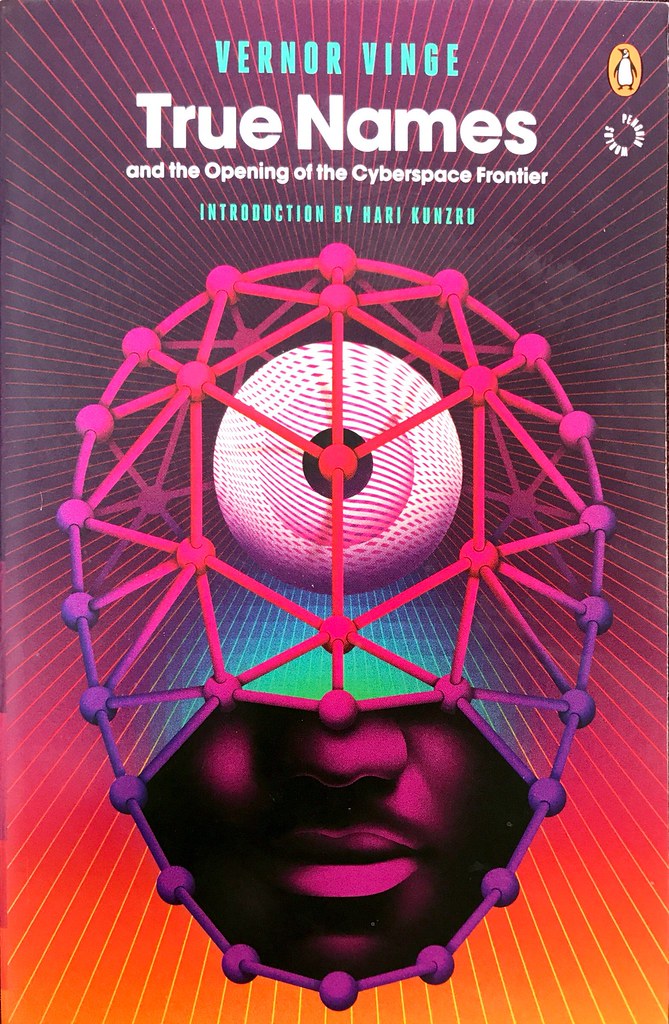Cinema in China
China’s total number of cinema screens now exceeds the US | Marketing Interactive – why Hollywood makes odd casting and big spectacle films. That also doesn’t mean that Hollywood is making the same revenue per screen either. Anecdotally, I heard of cinemas in China, running a ticket up as a local film and then crossing the cinema screen number off and changing it for a Marvel film. The customer gets to see the film that they want and the revenue goes to the local film instead. Hollywood already has a very limited access to the Chinese cinema market. The Communist Party of China is looking to grow domestic soft power, that means further limiting Hollywood’s access to cinema in China
Business
Macron wants limits on Chinese investments, takeovers in Europe’s strategic industries – smart move, there is a strong case for a ‘China reciprocity law’ forcing technology transfer to the EU and restricting investment in strategic industries
It’s business, and it’s personal: How Amazon Web Services decides to enforce non-compete contracts – GeekWire – sounds like most non-compete clauses
China
China’s Biggest Gaming ‘Whales’ Are Werewolves — The Information – I was introduced to Werewolf in the early noughties by some of my geekier friends
Consumer behaviour
Americans won’t wait more than four minutes for a slightly less disgusting hamburger | Quartz – which funnily enough was the time that the McDonald’s restaurant I worked in for six weeks at the start of my working career aimed to surpass
Design
Owl Labs Meeting Owl – cute product design for… – I am reminded of the wood cut faces on the beneath the facias of old Nokia 5110 handsets
Design in the Era of the Algorithm | Big Medium
Economics
The Political Kindling of the Grenfell Fire – The Atlantic – Britain has slipped to sixth in the economic rankings. Yet either position, fifth or sixth, is misleading: Broadly speaking, Britain is an economically average country, with one exceptionally rich region—London, which is reportedly home to more multimillionaires and billionaires than any other city in the world, and serves as the country’s economic engine. Of the EU’s 15 strongest economies, none rely as heavily on one area as the U.K. does: London’s per capita GDP is almost two and a half times Britain’s national average. But London’s enviable self-confidence, its robust financial services sector, and glittering facade, obscure the devastating inequality that plagues the U.K. While the city is Britain’s lone representative among the 10 richest regions in northern Europe, the country also includes a stunning nine of northern Europe’s 10 poorest regions. – One paragraph deflation of British hubris that underpins the likes of the Leave campaign and a great argument for London becoming a city state.
The Car Was Repossessed, but the Debt Remains – The New York Times – For low-income Americans, the fallout could, in some ways, be worse than the mortgage crisis. With mortgages, people could turn in the keys to their house and walk away. But with auto debt, there is increasingly no exit. Repossession, rather than being the end, is just the beginning. “Low-income earners are shackled to this debt,” said Shanna Tallarico, a consumer lawyer with the New York Legal Assistance Group
Finance
Investors step in to play risky role of lender | WSJ City – at what point does this become similar to China’s shadow banking practices?
FMCG
Unstoppable at home, Ramdev’s Patanjali gets a reality check in Nepal | Quartz – Ramdev’s products have given the likes of Unilever a scare in India, interesting to see his brand has limits
Ideas
Targeting and the F3EAD Process | Havok Journal – interesting perspective with key focus of reducing time to insight and action
Japan
WATANABE KATSUMI: “GANGS OF KABUKICHO” | #ASX – amazing portrait images
Luxury
Brands are learning millennials’ language for luxury: “organic,” “sustainable,” “ethical” — Quartz – oh god sounds awful. More related posts here
Cathay Pacific still ranks among top five airlines in the world, with other Hong Kong carriers also taking home accolades | South China Morning Post – despite all the problems
Marketing
Harbin beer and Starcom join hands to push China’s e-Sports | Marketing Interactive
P&G Malaysia goes on LINE to grow online following | Marketing Interactive – probably very big in Thailand for this as well
Media
WPP folds Neo@Ogilvy into Mindshare | Campaign Asia – interesting move to bring all paid media inside GroupM
Group M downgrades UK ad growth forecast in part due to brand safety fears | Campaign Live – Advertisers are increasingly taking a more measured view toward digital as they grapple with developing data strategies; setting more coherent objectives; attribution considerations; increased brand safety and accountability expectations and the appreciating trade-off between risk, price and performance
Security
Tim Cook was right to fight the FBI | TheNextWeb
Software
Inside Microsoft’s Artificial Intelligence Comeback | WIRED – interesting article on two levels. Firstly, Microsoft’s approach and direction on AI, secondly the classic approach to storytelling from a PR perspective. Not surprisingly they are focused on Facebook and Google
Minecraft’s New 4K Textures Don’t Even Look Like Minecraft | Extreme Tech
Technology
Apple Culture After Ten Years of iPhone – Monday Note – The First Trillion Dollars is Always the Hardest
Robots are doing the work of $326,000-a-year Goldman Sachs employees – Axios
Wireless
Roam like at home? Not so fast – POLITICO – interesting exceptions
Sunrise preps 2G switch-off | total telecom – interesting move by the Swiss carrier. Greater focus on in-building and long distance performance of LTE
